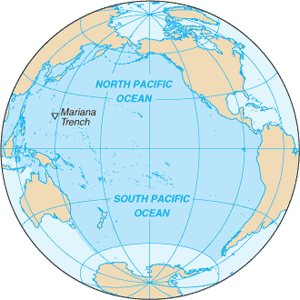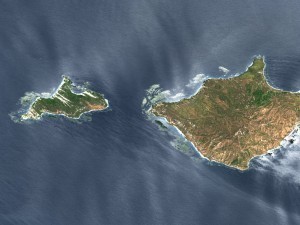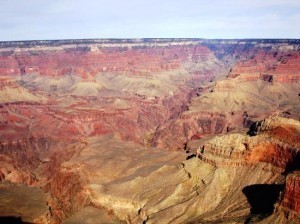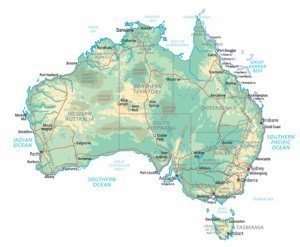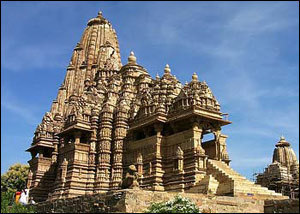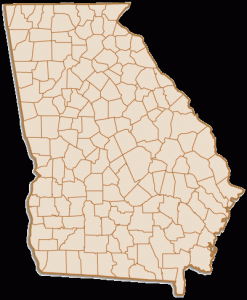Taj Mahal Dimensions
The size of the Taj Mahal’s dome is around 35 m. The length of the base 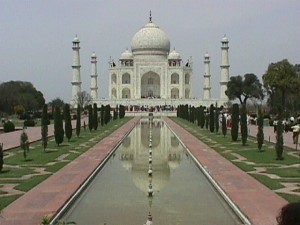 is about the same. The building is octagonal in shape. Each side is 55 m.
is about the same. The building is octagonal in shape. Each side is 55 m.
Architecture of the Tomb and Dome
The tomb is comprised of white marble. The doorway is arched shaped. There are four minarets around the tomb, each set on the corners. There is a chamber in the Taj Mahal but it only contains the false sarcophagi of Mumtaz Mahal and Shah Jahan (the rulers in India at the time). Their actual graves are situated on a lower level.
The dome itself is situated in a cylindrical drum about 7 m high. The shape is similar to an onion and so it is termed as an onion dome. The size of the Taj Mahal’s dome is accentuated by the four kiosks on its sides. Their shapes are similar to the main dome. The lotus decoration on the giant dome is replicated on the kiosks.
The Minarets
The minarets are 40 m high and divided into three parts. Above each is the balcony with a chattri (kiosk). A notable aspect of the minarets is their positioning. The structures were built so that if it fails, it would be away from the tomb and not onto it.
The Garden
The entire garden complex of the Taj Mahal measures 300 sq m. The garden is set on raised paths. It is divided into four quarters. There are 16 sunken flowerbeds in the garden. The size of the Taj Mahal’s garden is impressive enough. However, the highlight is the raised marble water tank which serves to reflect the tomb.
The water tank is called the “the Tank of Abundance” or al Hawd al-Kawthar. The garden (as is the structure), incorporates elements of Persian and Islamic design. Based on early accounts, the garden used to be filled with numerous flowers.
Construction of the Taj Mahal
The Taj Mahal was built according to the decree of the Mughal Emperor Shah Jahan in honor of his wife Mumtaz Mahal, who died while giving birth. 3 acres of land were cleared and dirt was put in.
To accommodate the size of the Taj Mahal, the dirt had to be leveled at 50 m above the riverbank. The tomb footings were comprised of rubble and stone.
A ramp measuring 16 km was created to transport the needed materials. 20 to 30 oxen were used to pull specific sets of blocks. The blocks were put in place using a post and beam pulley. Based on current estimates, the tomb took a dozen years to complete. The rest of the complex took another decade to complete.
Historians believe the structure was finished by 1843. The total expenditure was 2 million rupee (at the time). Over a thousand elephants were used during the construction. Thousands of precious and semi precious stones were imported from several countries and used in the building.
The beauty and size of the Taj Mahal has turned it into one of the top tourist attractions in India. Over 4 million people visit the site every year.
